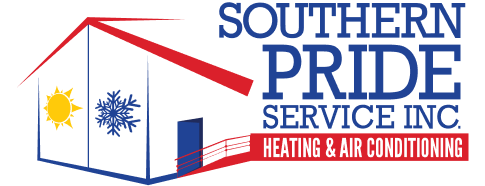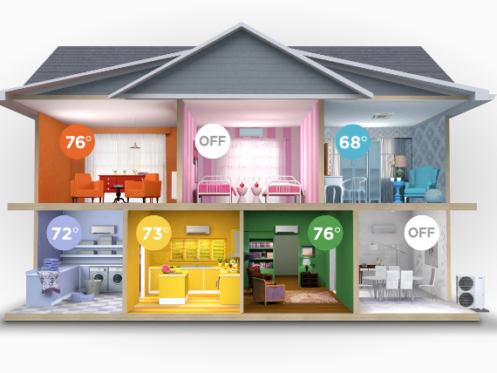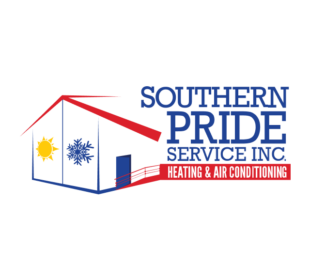Maintaining a comfortable temperature throughout your home can be challenging, especially when one family member prefers a warmer environment while others enjoy cooler temperatures. With a single-zoned system, keeping everyone in the house comfortable is almost impossible. A more practical solution is a multi-zoned system that allows you to regulate the temperature in different areas independently. These systems work well in larger homes, and many consider them to be the perfect comfort solution for families. Let’s explore how zoning works and consider some benefits of using a zoned HVAC system.
How Zoning Works With HVAC Systems
Zoned HVAC systems give each part of your house its own temperature control. They split your home into separate “zones” and use special dampers in the air ducts to adjust the temperature in each one. For example, you can have the living room cozy at 75 degrees while someone chills out in the den at a cooler 65 degrees. There are no more thermostat battles.
Motorized dampers are the chief tool that makes zoning possible. These dampers will open and close when they receive a signal from the thermostat. This ensures that the system closes these dampers when specific rooms don’t need cooling or heating. When your home needs cooling or heating, the zone dampers will direct the conditioned air to the places calling for it. These also will allow for the regulation of static pressure in the ductwork. This helps ensure that airflow is consistent and efficient as it travels through your home.
Benefits of Zoning
To better understand zoned HVAC, let’s take a deeper look at the benefits of this kind of heating and cooling. Here are the top ones to consider.
More Energy Efficient
When compared to standard HVAC, you’ll find that a zoned HVAC can save you on your energy bills. When someone is not in a room, they can turn off or adjust the temperature for the HVAC in that specific zone of the home.
After installation, there is a significant chance that you will reduce the energy that you use, making energy bills up to 30% less expensive. Your energy bill savings will make up the initial cost within a few years. When paired with smart thermostats, the savings could be even more.
Customized Comfort Levels Throughout the House
Not everyone likes the same room temperature. With a multi-zone system, each household member can set the comfort levels that they prefer. For example, during the winter, those who like it a little colder can lower the temperatures in their own spaces since each zone has its own thermostat. Conversely, for those who want it a little more toasty, it’s an easy thing to set the thermostat to warmer temperatures in their own spaces.
Extend the Life of the System
This benefit works together with system efficiency. Since the system isn’t working as hard, there’s less wear and tear, which can help it last longer.
It’s Better for Larger Homes
Zoned HVAC also benefits multi-level homes since heat rises during the operation of a typical HVAC system. As heat settles on the ceiling, it’ll make the upper floors warmer, so the downstairs will be cool, and the upstairs can be sweltering hot. With a zoned HVAC, you keep the upper levels comfortable since they have their own heating and cooling systems and thermostats.
Drawbacks of Zoning
When it comes to a zoned HVAC system, there are some drawbacks that might affect your decision on whether this is the right option for your home. Let’s explore these drawbacks a bit before jumping into the installation process.
Complex Setup
A zoned HVAC system can be complex, so integrating one into an existing system takes a lot of planning. Each zone needs a way to distribute the air as well as a thermostat to control the temperature. You will need to consider the size of your home and split it up into zones, and you will need to determine if each room is going to be a zone or if you will zone rooms together to simplify the setup of the system.
With this system change, you will need to install a series of dampers in the vents to regulate the amount of air coming from the vents.
High Cost to Upgrade
Depending on the number of zones you need to create in your living space and the size of your home, this upgrade can cost you quite a bit. Just adding zones to an existing system can cost up to $12,000, considering the cost of dampers, thermostats, control panels, and installation.
Zoned HVAC: A Brief Breakdown of the Installation
The installation of a zoned HVAC is a relatively complex process that requires trained HVAC specialists, like our NATE-certified technicians at Southern Pride Service. Each zone will require extra work to install the dampers, thermostats, and wiring. To better understand the process, here’s a quick breakdown.
Planning the Zones
Before anything else, the HVAC technician will figure out the best way to divide your home into zones. This means considering things like the layout of your house, how many rooms you have, and how you and your family use the space.
Checking the Airflow and Ductwork
Next, they’ll take a close look at your existing ductwork to make sure it’s in good shape and can handle the zoned system. They’ll check for any leaks, blockages, or other issues that could affect airflow. If any repairs or modifications are needed, they’ll take care of those before moving on.
Installing Dampers
For each zone, the technician will install motorized dampers that open and close automatically based on the temperature settings for that zone. This ensures the right amount of heated or cooled air is delivered to each area.
Wiring the System
This part involves connecting all the components of the zoned system, including the dampers, thermostats, and control panel. It’s like creating a network that allows all the parts to communicate with each other and work together.
Installing Thermostats
Since each zone will have its own thermostat to customize the temperature for that specific area, the technician will install new thermostats in convenient locations and make sure they’re properly calibrated for accurate temperature control.
Testing Everything Out
Once everything is installed, the technician will run tests to make sure the system is working correctly. They’ll check the airflow in each zone, make sure the dampers are opening and closing properly, and verify that the thermostats communicate with the system.
Contact a Dependable HVAC Technician
At Southern Pride Service, we have over 30 years of experience providing La Plata and Southern Maryland with a high level of comfort. We are a family-owned business that provides heating and air conditioning solutions to ensure your family is comfortable all year. One way that we do this is by upgrading HVAC systems to a zoned option to allow you to have more control of the temperature in each room. We also install all types of heating and cooling systems, including ductless mini-splits, and provide indoor air quality services to homes in the community. Call us today for all your HVAC needs.







